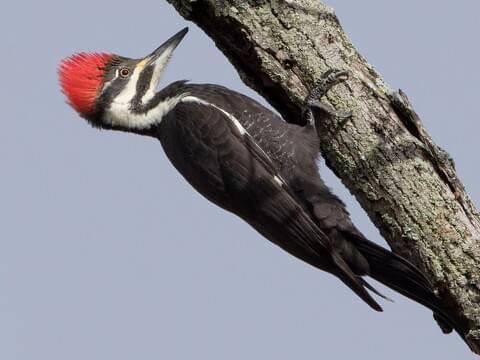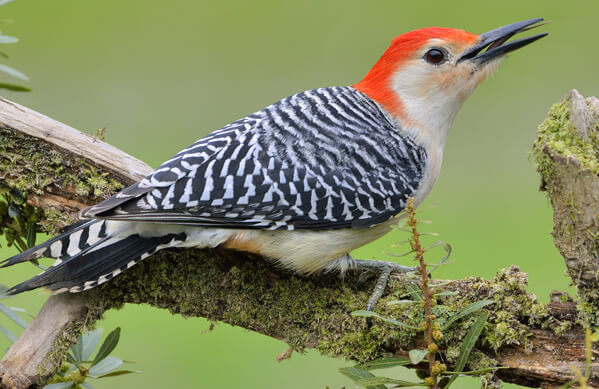Recognizing Woodpeckers in Florida: Habits, Species, and Environments
Wiki Article
Introducing the Secrets of Woodpeckers: Behavior, Habitat, and Extra
Woodpeckers, with their one-of-a-kind actions and specialized adjustments, have long captivated scientists and nature fanatics alike. By revealing the secrets surrounding woodpeckers' behavior and environment selections, a much deeper understanding of these avian marvels arises, offering a glance right into their fascinating world.Woodpecker Actions Insights
In taking a look at woodpecker behavior, an interesting display of specialized skills and adjustments emerges, losing light on their amazing eco-friendly niche. Woodpeckers, understood for their distinctive drumming on trees, possess a range of behavior characteristics that add to their survival and success in their environment.Moreover, woodpeckers exhibit a special feeding actions characterized by their capability to remove insects from tree bark utilizing their specialized beaks. Their lengthy, barbed tongues help in catching target, while their strong neck muscle mass give security and precision during pecking activities. This feeding approach allows woodpeckers to gain access to surprise insect larvae and extract them with amazing effectiveness.
Habitat Preferences and Choice
What elements influence the habitat preferences and selection of woodpeckers? One essential element influencing woodpecker habitat selection is the availability of ideal nesting websites. Woodpeckers normally like forests with a mix of mature trees that provide ample possibilities for dental caries excavation.Additionally, woodpeckers reveal a choice for habitats with a plentiful supply of food resources. They are largely insectivorous, feeding on beetles, ants, larvae, and other bugs located in rotting timber or tree bark. Consequently, woodpeckers tend to favor wooded areas with a diverse insect populace to satisfy their dietary requirements.
In addition, the visibility of dead or worn out trees is one more key consider woodpecker environment option. These trees not just supply food sources but additionally use appropriate substrate for dental caries excavation. Dead trees are necessary for the maintenance of healthy and balanced woodpecker populaces, as they play a vital duty in the woodpeckers' life cycle and environment characteristics.
Feeding Behaviors and Diet Plan Composition
Woodpeckers show a specialized feeding behavior concentrated on foraging for bugs within different habitats. In enhancement to pests, woodpeckers additionally consume tree sap, fruits, nuts, and seeds, adding selection to their here are the findings diet regimen depending on the season and accessibility of food sources.The foraging strategies of woodpeckers are well-adapted to their arboreal way of life (Woodpeckers in Florida). Their capacity to excavate wood not only offers them with food but also assists in creating nesting cavities and establishing territories. Woodpeckers play an important duty in preserving the wellness of woodlands by managing insect populations and aiding in the decomposition of timber. Comprehending their feeding behaviors and diet plan structure is vital for conservation efforts focused on maintaining these special and important birds.
Drumming Sounds and Communication
Making use of fast drumming sounds on numerous surfaces, woodpeckers use a distinctive kind of interaction to signal region borders and attract mates. This drumming habits is not only a means of interaction however also functions as a way for woodpeckers to develop their existence within a specific area. The intensity, speed, and pattern of the drumming can convey vital info to other woodpeckers in the location.Woodpeckers utilize drumming sounds to reveal their presence in a region and to caution off prospective burglars. The loud and repetitive nature of the drumming functions as a clear signal to image source various other woodpeckers that the location is already asserted. This aids in reducing problems and lessening physical confrontations between people.

Survival Adaptations and Specialized Anatomy

Conclusion
Finally, woodpeckers exhibit distinct behaviors, such as drumming audios for interaction, and have specialized composition for survival in their selected environments. Their feeding routines and diet plan make-up additionally demonstrate their flexibility to numerous atmospheres. By understanding these aspects of woodpeckers, scientists and guardians can better protect and preserve these remarkable birds and their ecological communities.Report this wiki page